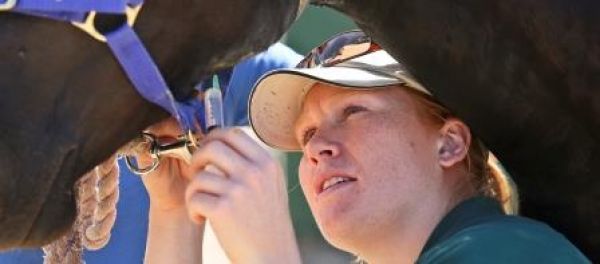|
The high rainfall across the eastern states of Australia through winter and spring is leading to large mosquito populations. Many authorities are beginning to issue warnings about mosquito borne diseases, and the steps we need to take to manage risk.
Sheep and goat producers must keep an eye out for Eperythrozoonosis (Epi), a bacterial disease which can be spread by mosquitos. It can also be transmitted mechanically by transfer of infected red blood cells - we have seen outbreaks occur within 4-6 weeks of marking, mulesing or shearing.
The bacteria cause anaemia by attaching to red blood cells and rupturing them, and Epi has the potential to cause death in severely affected sheep. Losses of up to 30% have been reported.
What to look out for: Affected sheep will be pale, and will lag behind the flock. They become distressed and pant heavily when moved and stagger or collapse if forced to run. Acutely affected sheep may die, especially if stressed by yarding and handling.
What to do: These symptoms are similar to that of barber's pole worm, HOWEVER the conditions are treated very differently. This makes it important to have the diagnosis properly confirmed.
Obviously, for barber’s pole worm, sheep need to be drenched. If they are suffering from Epi, they should not be moved. Mustering can cause extensive losses.
Other than providing good feed and water, there is NO practical treatment for a whole mob for Epi, you just wait it out and leave them alone for 4 to 6 weeks.
If you suspect you may be dealing with Epi, please call us for specific advice.
|
